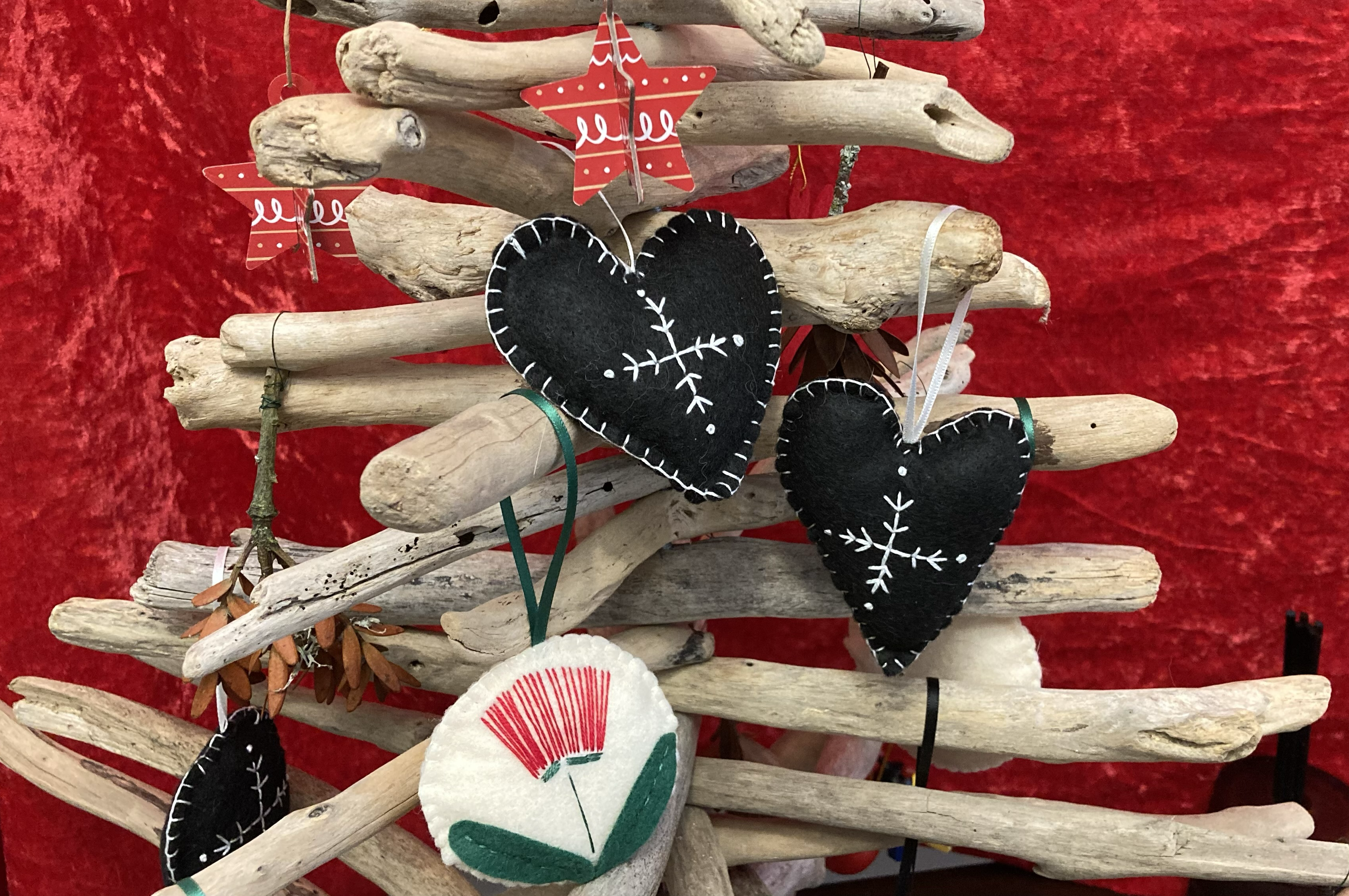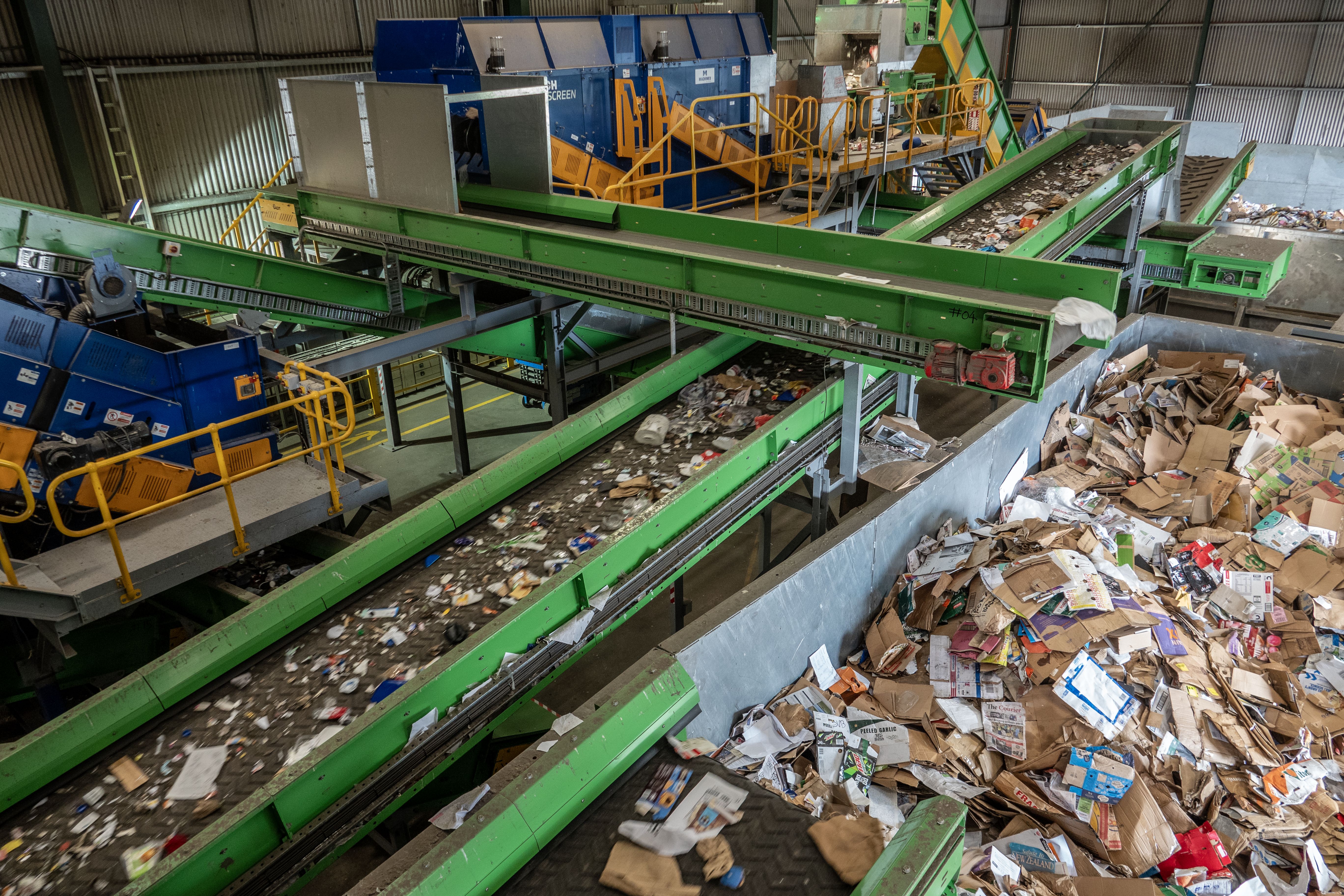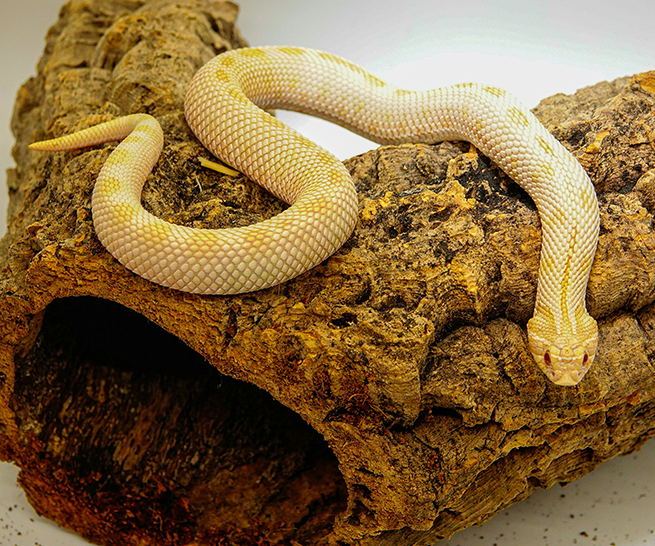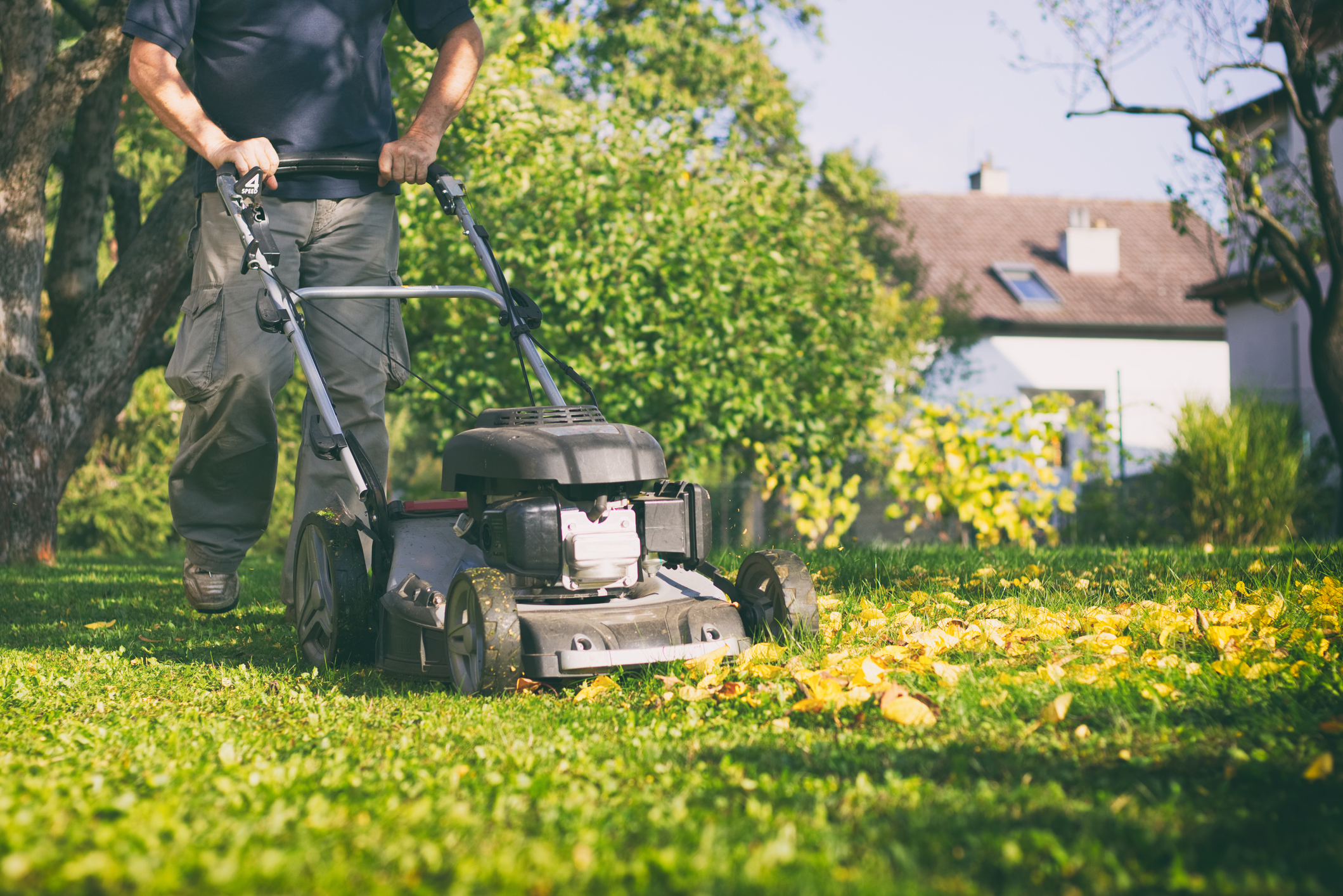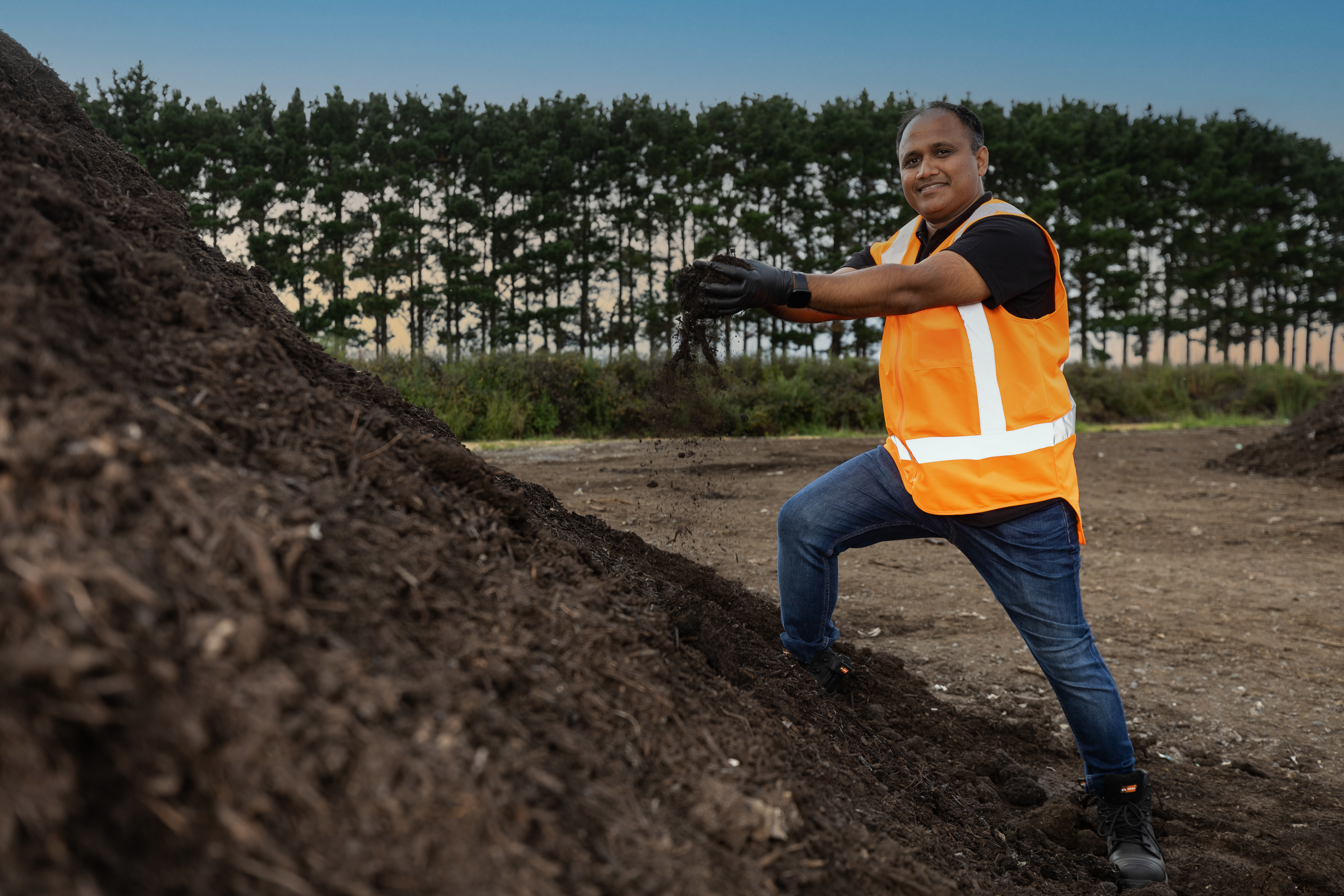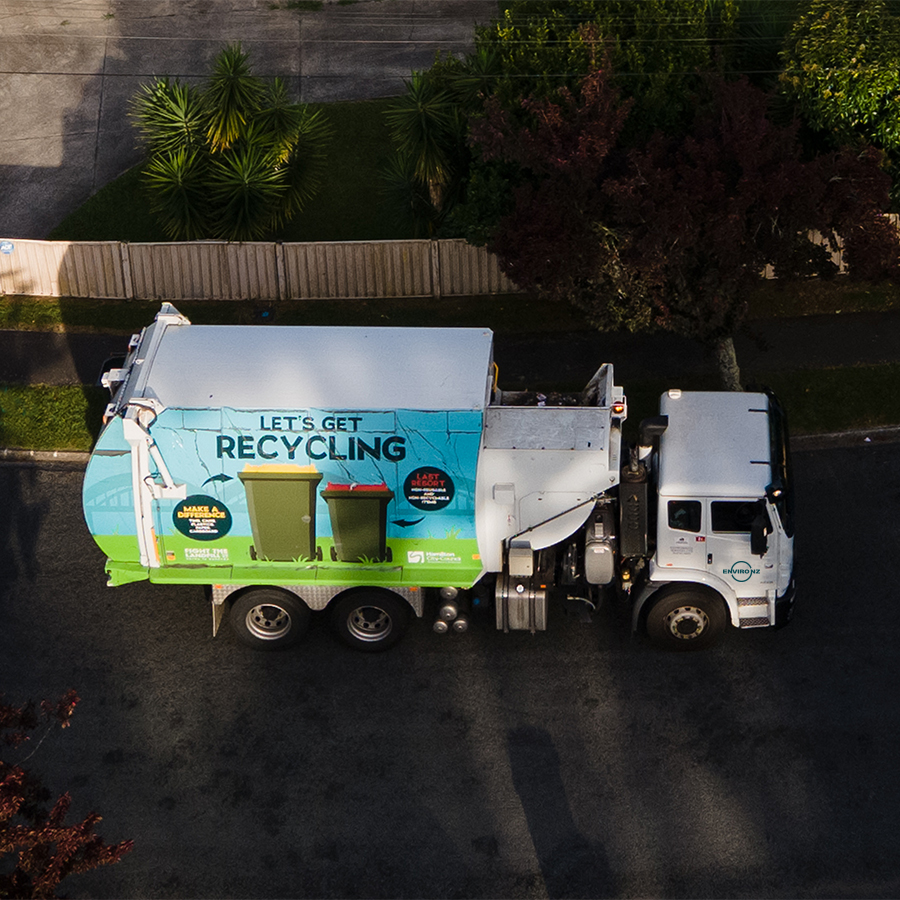Adder this to the things that don’t belong in your recycling.
Of all the weird things we’ve seen people try to recycle, this has got to be right up there.
Recently, our New Plymouth Materials Recovery Facility team were startled to find a snake skin measuring a metre and half long.
We called it in to the Ministry for Primary Industries, who took it away and determined it presented no risk to human health or biosecurity.
For future reference: snake skins are definitely not OK to recycle.
All the attention this month on NZ’s new recycling rules is helping build public awareness about what can go in recycling bins, so we hope to never see a repeat.
We asked Yana George who runs our New Plymouth MRF about the creepy find and asked her to share some expert tips to recycle right.
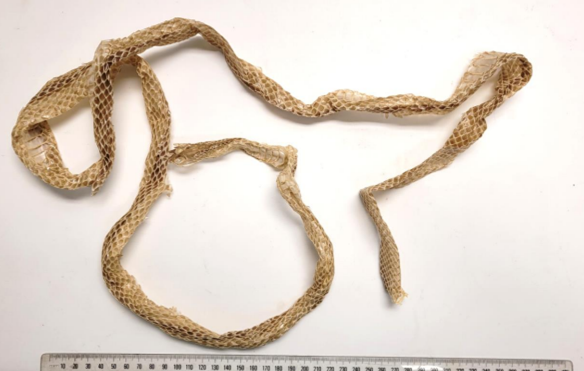
How the snake skin was discovered?
The skin was found at pre-sort – the first step of manual sorting in the plant – so it had been disposed of in either a household recycling bin or a transfer station recycling bin. The team noted a whole lot of old non-recyclables coming through so surmised it may have been someone’s garage clean out.
What happened next?
Things like this, while unusual, cause all sorts of issues for us. We needed to stop work and check what else was around, anything that may give us clues as to where it came from. We contacted the Ministry for Primary Industries as this was a potential biosecurity threat. Not to mention the fear a find like this instils in the staff.
How can people help us – what do we actually want to see put in your recycling bin?
Recycling is very simple. We can recycle clean paper, cardboard, plastics numbered 1, 2 and 5, tin and aluminium cans, glass bottles and jars. Having containers clean and empty is vital. No lids, thanks.
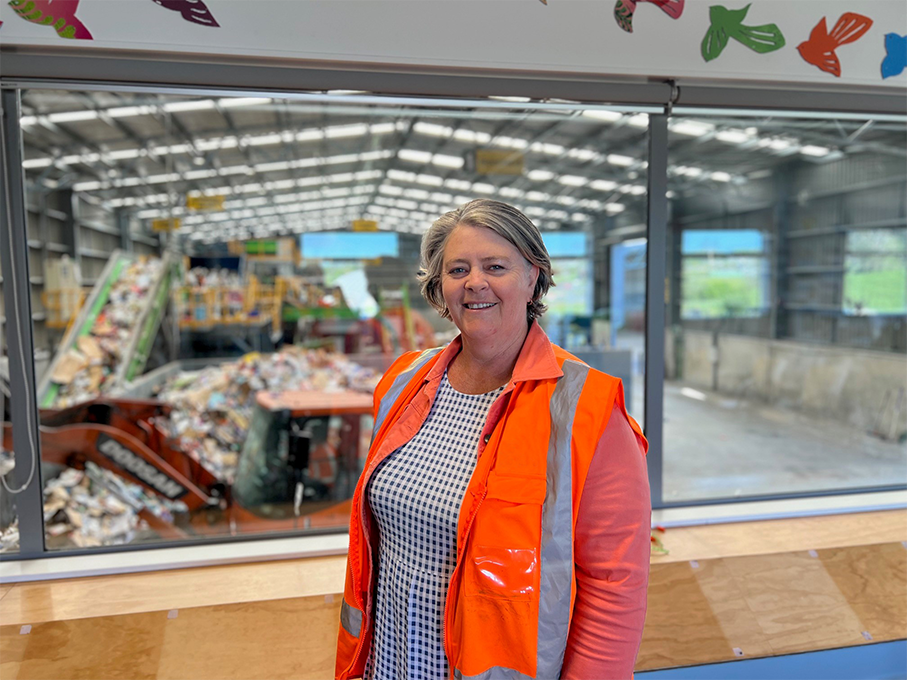
Apart from the snake skin, what are the weirdest things you’ve had come into the MRF?
We have a list of the best finds. The snake skin has taken top spot. There once was a full car engine block – it left us scratching our heads as to how it fitted in the bin. A taxidermied pig and a full car bumper were also memorable.
Why is kerbside standardisation a good thing?
It makes it easier for people to know the right thing to do. New people or visitors to each region won’t have to think what can or cannot be recycled here. For recycling to work well it needs to be an unconscious action. I find there is a great deal of anxiety over recycling and ‘saving the planet’. If each of us makes one change that’s a whole lot of changes right there.
Looking for more recycling tips?



